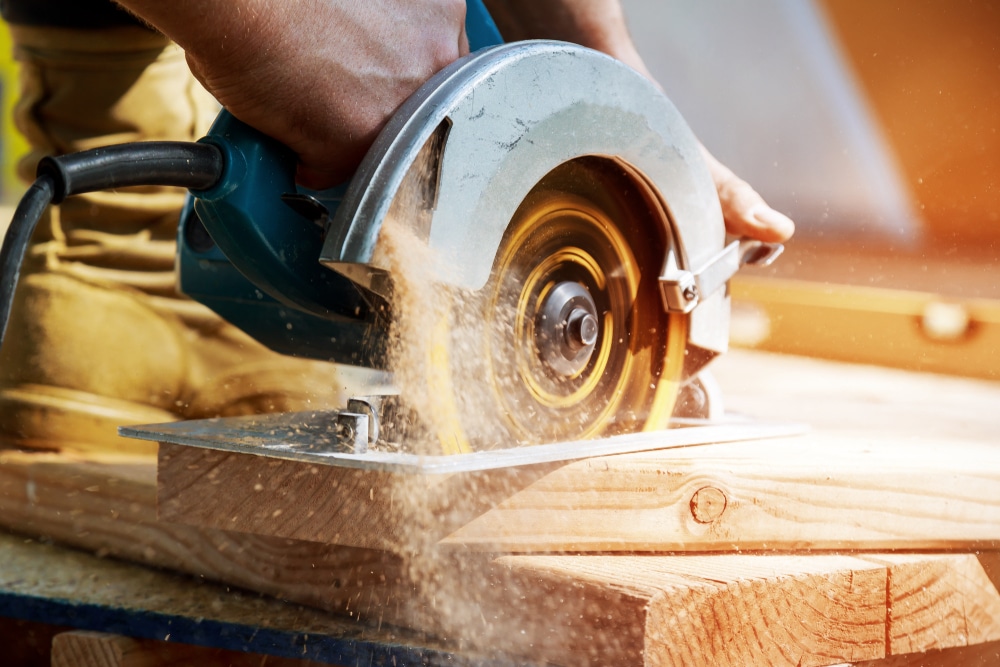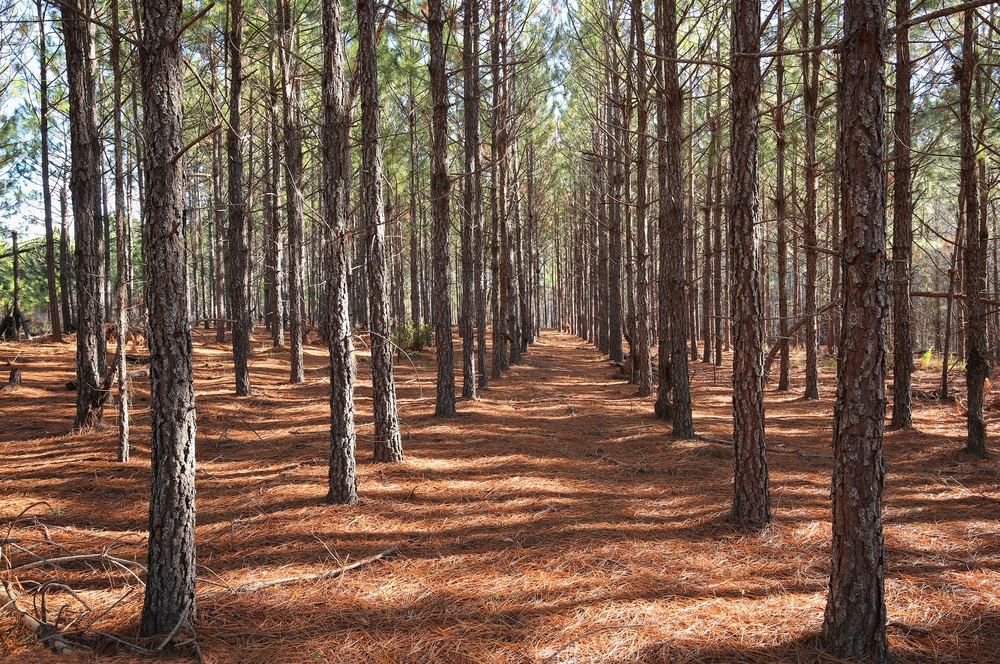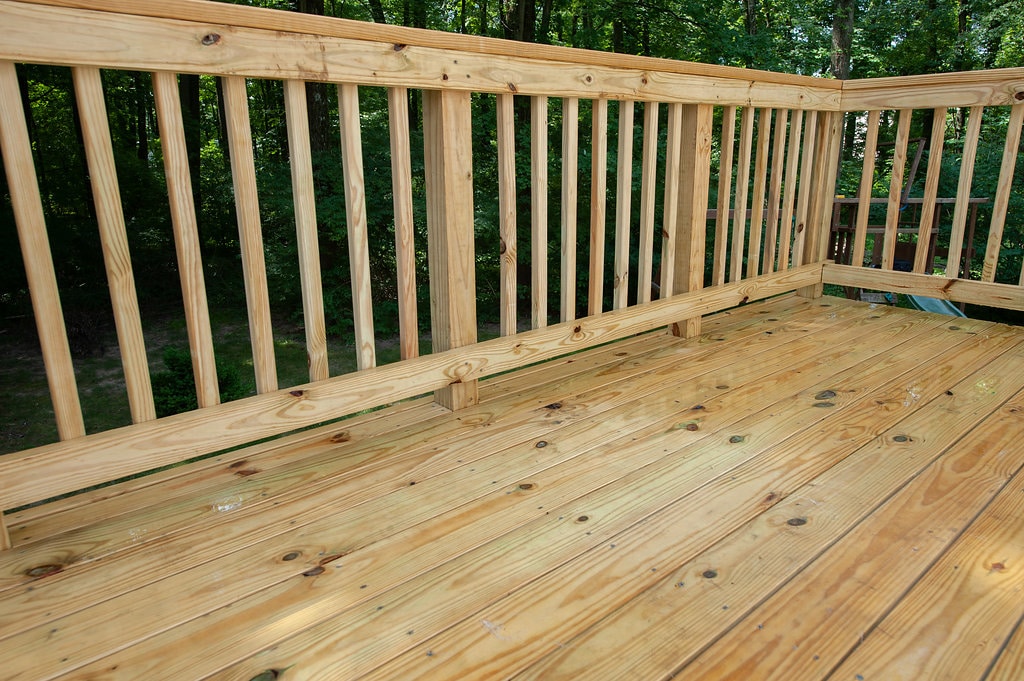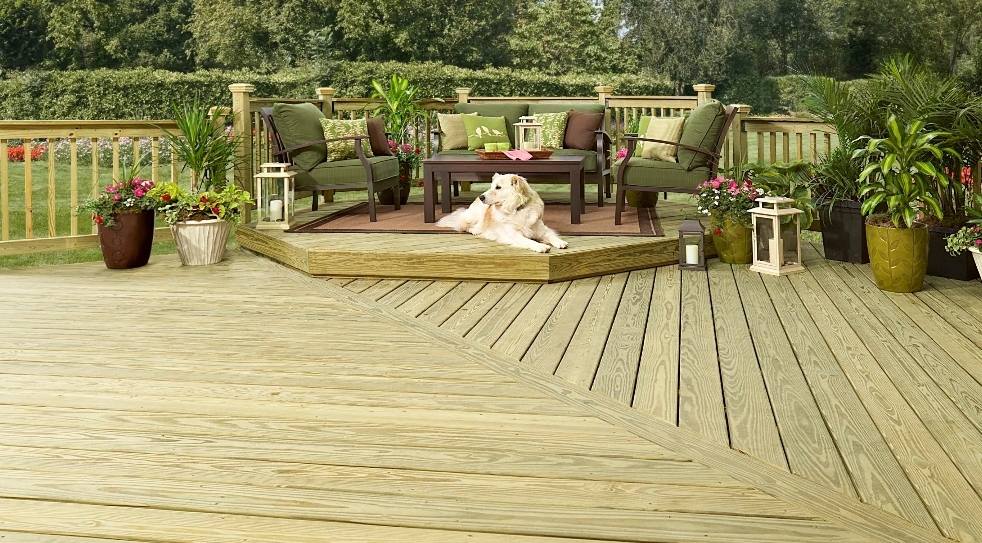
The shift toward more sustainable lifestyles has impacted virtually every industry, and construction is no exception. You may be shocked to find out that using lumber is actually more environmentally friendly than using plastic.
For years, many people assumed that cutting down trees and using the lumber they provide was more harmful to the environment than using plastic. However, the U.S. lumber industry has been sustainably managing forest lands for more than 60 years now. Keep reading to discover more about the benefits of using wood in a society that’s pushing for more sustainable building practices.
Numbers Never Lie
Composite wood products were invented in the 1970s, but didn’t surge in popularity until the 1990s. While these products were created to combat climate change, studies show that they actually have the opposite effect. Dovetail, Inc., one of the leading names in environmental advocacy, reports that “plastic wood” has the highest levels of negative impact on the environment in every category.
The University of Tennessee published an additional study that further underscored the environmental benefits of lumber or wood. According to that study, whole woods, such as the Southern Yellow Pine, have a negative carbon impact, meaning that they provide environmental benefits when used in construction settings.
Busting the Myths Around Wood vs Plastic
The continued use of plastic instead of wood is largely based on some misconceptions that many people still hold to. For instance, some people believe that by chopping down trees to harvest lumber for building, builders are doing more harm than good to the environment. However, the studies that we just discussed prove that untrue.
First, it’s important to note that logging companies are often required to replant trees. This is especially true when it comes to harvesting lumber from public lands. While laws often mandate the replanting of trees, it’s also regularly included in contracts. This not only ensures that ecosystems remain in place, but it also provides a steady stream of lumber for the companies in the future.
Since the 1990s, when composite wood became popular, we’ve also learned a lot about how plastics remain in our landfills and affect the environment. Since plastic is not biodegradable like wood, when scrap pieces of composite wood or other plastics escape landfills, they linger in the environment for years. This is especially problematic when these plastics get into waterways and oceans, as they pose serious health risks to fish and other marine life.
Ultimately, even “plastic wood” that’s manufactured from recycled plastic isn’t the best option. While it can certainly help curb the amount of plastic in landfills, the production of these building materials still leaves a larger carbon footprint than harvesting and using lumber.
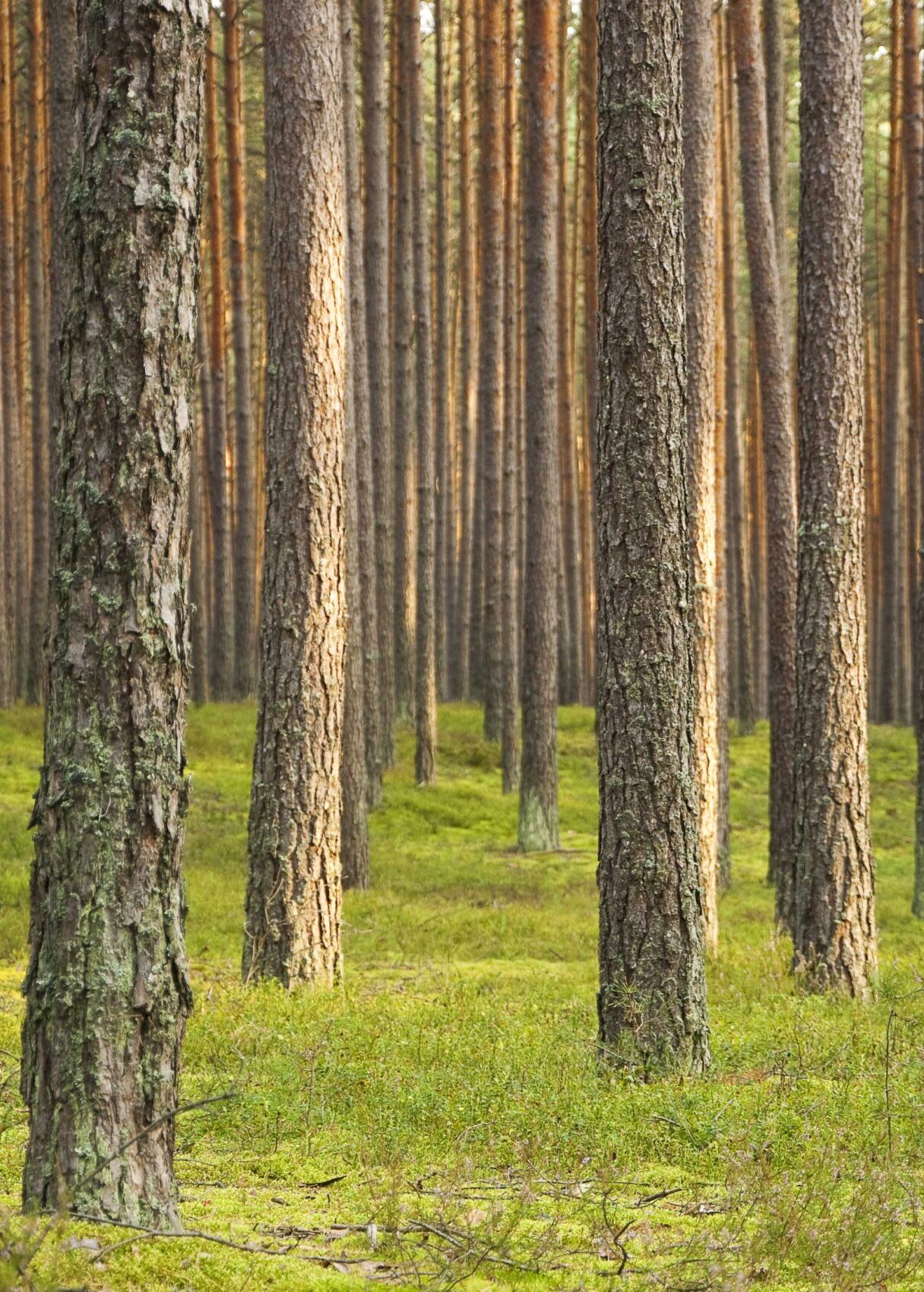
What is Sustainable Forestry?
At the heart of the ongoing battle against global warming is sustainable forestry. While we now know that lumber is a better option than plastic when it comes to construction, the fact remains that it’s crucial to find a sustainable way to harvest that lumber. That’s where sustainable forestry comes in.
While there’s certainly no escaping the need for lumber, it’s important to harvest it in a way that maintains healthy forests. This is not only important for local communities, but also for the world’s ecosystem.
Sustainable forestry seeks to strike a balance between the lumber that humans need for construction and the environmental impact that harvesting it produces. According to CINTRAFOR’s Timber Demand Study in 2022, 23 seedlings are planted per thousand board feet of lumber produced and growth of lumber in the Southern States outpaced harvesting by 11.2 billion board feet.¹ This cycle of growing, harvesting and replanting is at the core of sustainable forestry practices.
Sustainable forestry is about finding the balance between the amount of lumber that gets harvested each year and the amount that’s put back into the earth. Since we know about the benefits of using wood instead of plastic, sustainable forestry practices can help protect the environment both in the short term and the long term.
Why Wood Beats Plastic
When harvesting wood for construction, it’s important to require lumber companies to replant trees to replace those that they remove. This not only promotes biodiversity in those areas but also helps maintain oxygen production on a global scale. By promoting sustainability practices, homebuilders can continue to access the lumber that they need while also protecting forests around the world. That’s simply not possible when dealing with the production and eventual elimination of plastic.
When considering the ongoing push for sustainability between wood construction and carbon, the primary difference focuses on manufacturing vs harvesting. While harvesting lumber does require the use of some machinery, the carbon emissions that come from harvesting pale in comparison to those that come from manufacturing plastics. When combined with how easily plastic can damage the environment after use, lumber is the clear winner.
¹CINTRAFOR and NRSIG Research of Softwood Timber Supply in U.S.



